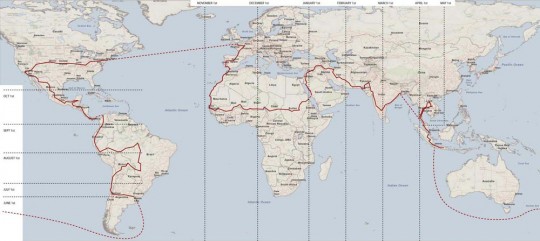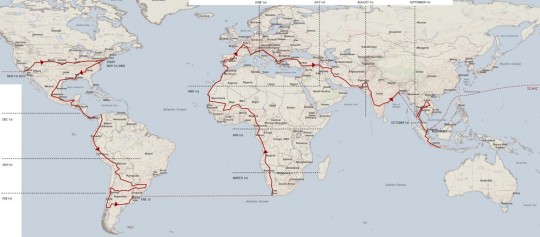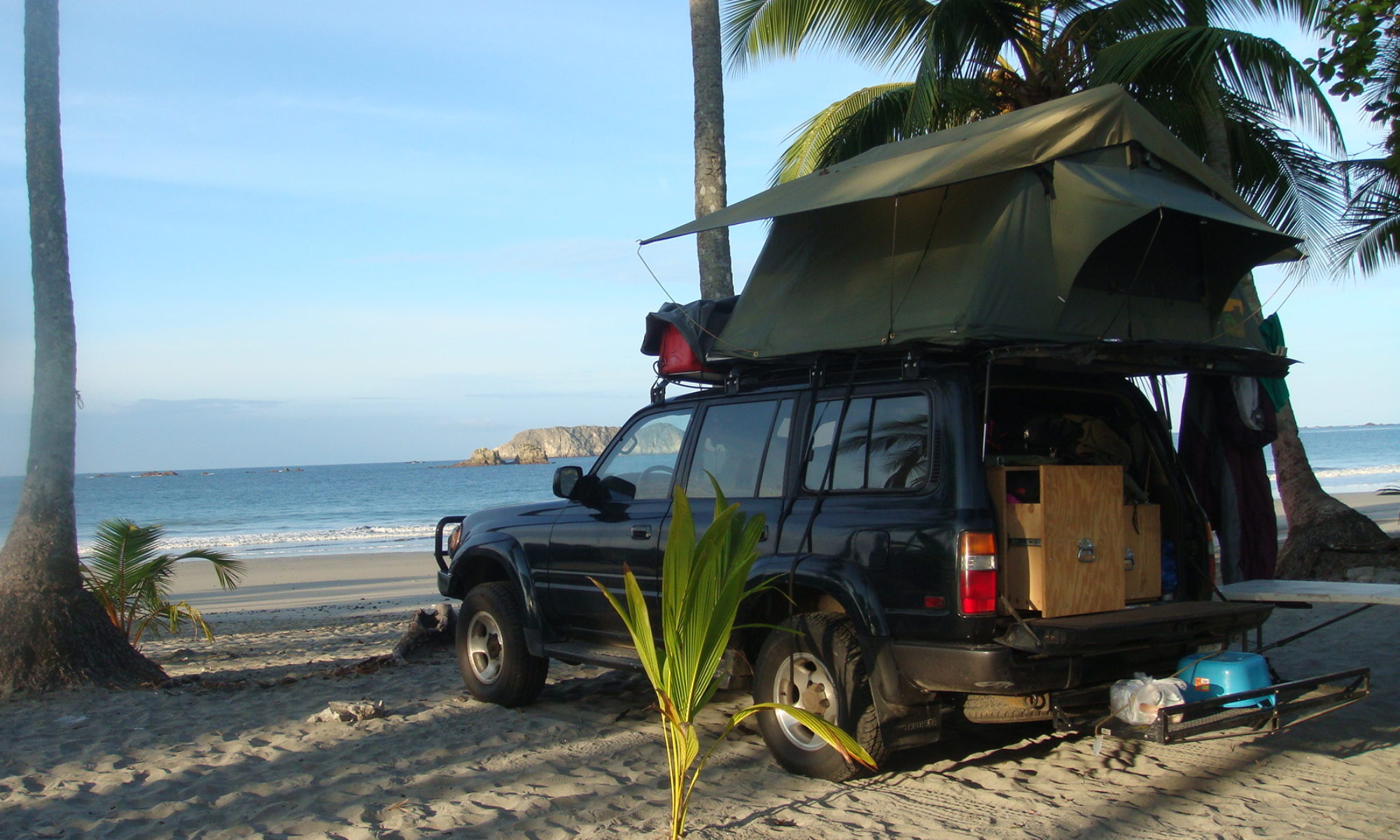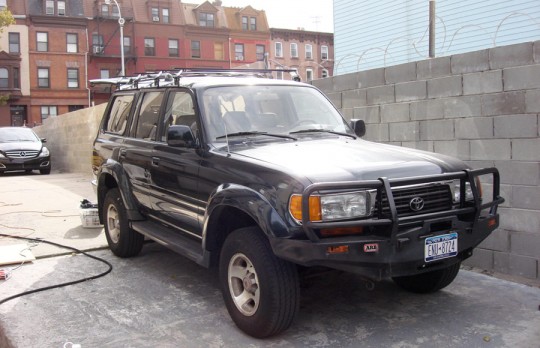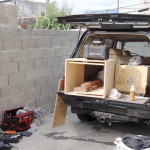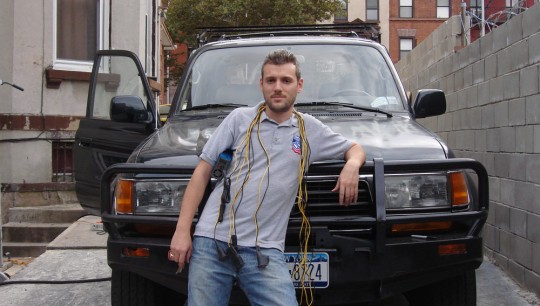The first step in planning a round-the-world trip is to study which country you can cross or not. Somehow, driving west to east may be more difficult now than in the sixties, even if cars are stronger and roads better. Latin America is actually easier now, but the Middle-East is more of a challenge.
It is difficult now to cross Iraq and Afghanistan, and Myanmar (Burma) closed all its land borders to foreigner. China is more economically open now, but they make an overland trip an expensive affair by forcing you to take a government-approved guide in exchange of a considerable amount of money. The road to South-East Asia is sealed.
In Africa, it is very difficult to obtain visas for Chad and Sudan, making the west-to-east road impossible, as crossing the Algeria deserts and even isolated areas in Egypt is a good solution if one wants to experience kidnapping – or worst.
It takes a bit of time for the traveler to settle on an itinerary, which will never be perfect anyway. Situations keep changing, and need to be monitored frequently.
On my current route, there are still few places that could be problematic:
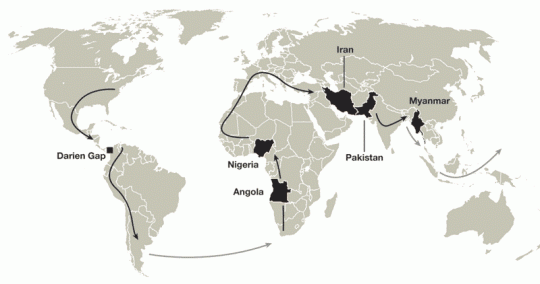
The Darien Gap
A 100 miles long area of swamps and rain forest separating Panama and Colombia. There is no existing road connection, which make it the missing link in the Pan-American Highway. The inhabitants of this mountainous jungle with no marked trails are Indian tribes, guerillas and drug traffickers. There are no police or military in the area, and National Geographic calls it the most dangerous place in the Western Hemisphere.
Solution: Find a boat in Panama to ship the car to Colombia. While the car is on its way, take a small plane over the jungle, and pray to not have to do an emergency landing.
Angola
The problem with Angola is to get the visa. Hopefully I can get it in South Africa, the only place where it is available. Not getting it would force me to ship the car again, or to cross through a larger part of the Democratic Republic of Congo, which is better avoided these days.
Solution: Don’t leave South Africa without visa.
Nigeria
Violent crimes, religious tensions, armed muggings, assaults, burglary, kidnappings, extortions, carjacking, roadblock robberies, and armed break-ins are few of the features the country.
Solution: Go as fast as possible, and try to cross the country in few days.
Iran
Once inside the country, no problem. great country, nice people, few incidents are reported by travelers. I am more worry about arguments between countries that would lead to border closures, and no visa handed to foreigners.
Solution: Hope the situation stay under control and that my government will not get too excited. Get the visa in Paris at the same time I’ll get India and Pakistan visa.
Pakistan
Just imagine how much fun it will be to cross the country with NY license plates. A recent wave of suicide attacks dissuaded the last tourists to visit the country. Swat in the North West Frontier Province, which used be a great attraction for tourists, is in the grip of violence with militants demanding implementation of Islamic laws through the country.
Solution: Go as fast as possible, and try to cross the country in few days. Right now, foreigners driving overland benefit of military escort, which make the travel even more fun as soldiers drive like New York taxi drivers.
Myanmar (Burma)
The government doesn’t allow you to cross the country overland. Officially you can apply for a transit visa, but in reality, it is always denied. Tourists can only stay in few cities and areas.
Solution: Ship the car from Bangladesh to Thailand or Singapore. It is too difficult and costly to go via China.
Moving target: In few weeks, my route changed considerably
